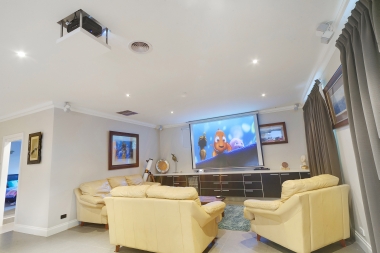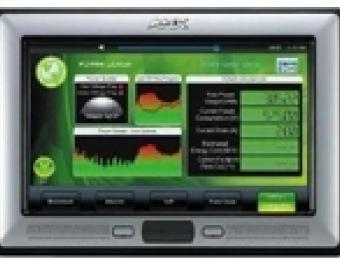
What is open platform home automation?
Installing home automation systems in your home can provide safety, energy savings, comfort and convenience. But how, with so many different things going on, do all of these different devices in your home communicate? The answer often lies in an 'open platform' system.
Open platforms systems are basically a method used for different technologies in a building to ‘talk to each other’ in a universal language. Using an open platform system means that all of the different security, climate control, audio visual and lighting devices (among others) in your home automation system can connected to each other in a predictable, reliable way.
What defines an 'open platform' system is that it uses a single, standardised protocol (or 'language') to ensure that each device sends and receives information in a way that the rest of the devices and control systems can understand and translate. These industry-standard protocols are developed by industry groups comprised of many different product manufacturers and designers. The specifications and rules are made readily available to anyone who wishes to make their products compatible.
KNX and other standards
KNX is one example of an open platform home automation system. KNX was developed as the world’s first open platform for home and building control, and is an internationally recognised communications standard (EN 50090, ISO/IEC 14543). KNX is developed independently of any particular hardware system, by an association comprised of many different companies including Cisco Systems, Bosch, Crestron, Toshiba, Daikin, Hagar and others.
The important thing about an open platform system is that it's royalty free and platform independent, which means that that anyone can develop hardware or software products for that particular system without having to apply for a license or pay royalties.
What's the difference between open platform and closed platform?
The obvious difference between open platform and closed platform systems is that closed platform requires licensing. With a closed platform system, for devices to be compatible they need to apply for a license to make compatible devices. Likewise, the protocol used to allow the different systems to communicate is proprietary, and isn't openly available for anyone to see.
Open platform systems and closed platform are both likely to offer similar functionality, although deciding which type is right for you will depend very much on what sort of system you have in mind - and how you hope to enhance that system into the future. To understand what's best for your needs, consult a custom installer.
|
Advantages
|
Disadvantages
|





